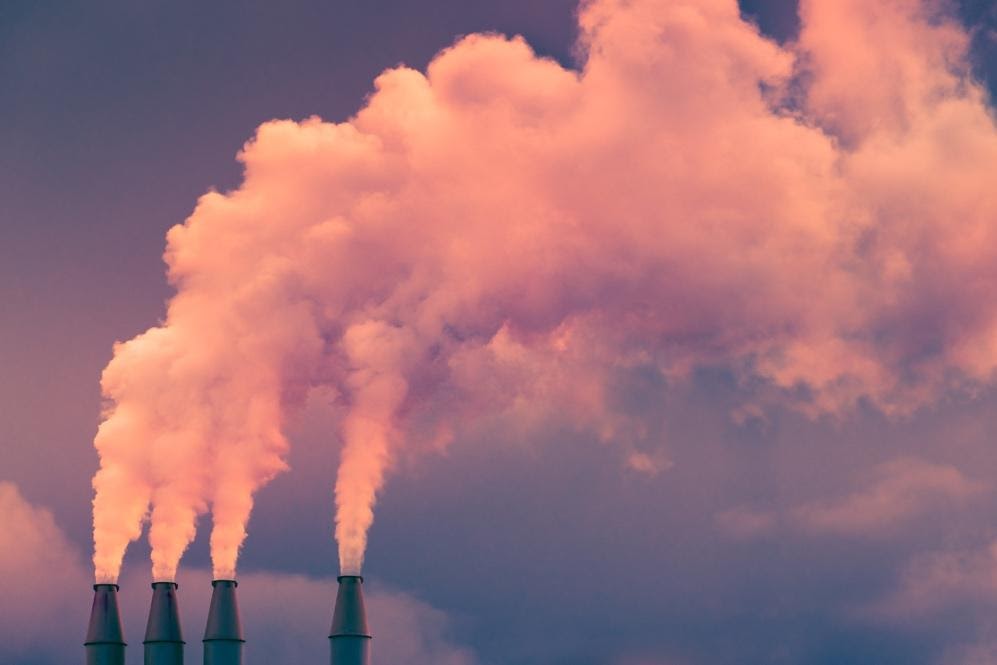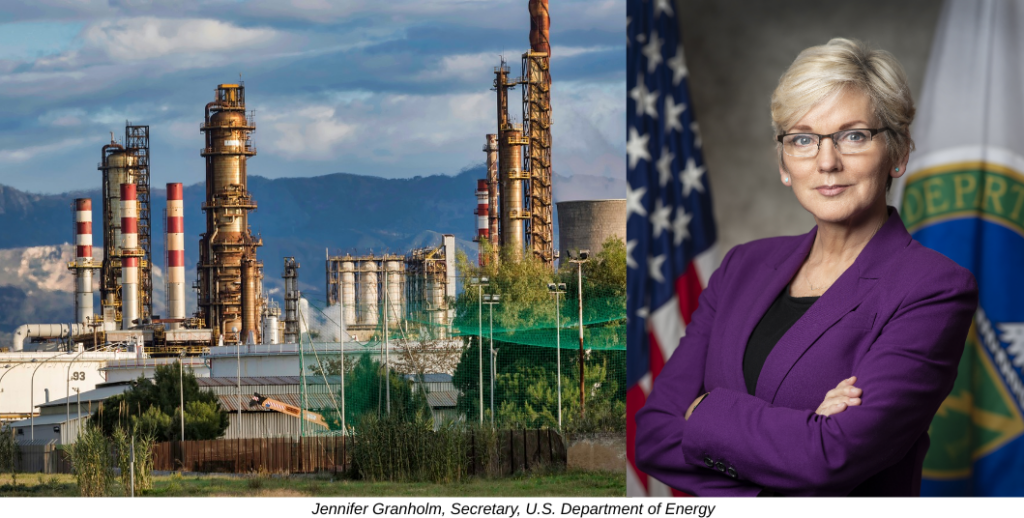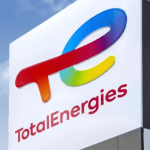DOE Invests $47 Million to Reduce Methane Emissions From Oil and Gas Sector

- Funding supports 22 projects to advance technologies to monitor, measure and mitigate methane emissions across the U.S. natural gas supply chain
- Only CO2 ranks ahead of methane as a greenhouse gas source
- Methane reduction a critical part of our nation’s long-term climate solution
The U.S. Department of Energy (DOE) announced nearly $47 million in funding for 22 research projects to advance the development of new and innovative measurement, monitoring, and mitigation technologies to help detect, quantify, and reduce methane emissions across oil and natural gas producing regions of the United States. Methane emissions are the second largest contributor to climate change—only carbon dioxide ranks ahead of methane as a greenhouse gas source. The selected projects will help to ensure an efficient, resilient, and leak-tight U.S. natural gas infrastructure and support President Biden’s U.S. Methane Emissions Reduction Action Plan and the Biden-Harris Administration climate goal of a net-zero emissions economy by 2050.
“Methane is a much more potent greenhouse gas than carbon dioxide, making methane reduction a critical part of our nation’s long-term climate solution,” said U.S. Secretary of Energy Jennifer M. Granholm. “The projects announced today will help DOE accelerate the deployment of technology that detects and reduces methane emissions across the oil and gas sector—our largest source of industrial methane—leading to long-lasting health and environmental benefits for communities across the country.”

See related article: U.S. DOE and Environmental Protection Agency Partner to Support Reliable Electricity
DOE’s methane mitigation program addresses critical environmental issues associated with the production, transmission, and storage of domestic oil and natural gas. Projects will focus on technical challenges of quantifying and mitigating methane emissions along the U.S. oil and natural gas supply chain, including the development and demonstration of an efficient integrated methane monitoring platform to enable early detection of methane emissions.
The selected projects will advance cutting-edge technologies under five areas:
- Mitigating Methane Emissions from Upstream/Midstream Sources – Six projects will address mitigating methane emissions from engines and machinery used in the extraction and production of natural gas and oil to advance the development of cleaner fuels for the industry.
- Surface-based Methane Monitoring and Measurement Networks – Two projects will gather and compile surface-based methane emissions data and appropriate wind speed and direction measurements to effectively characterize methane sources and emission rates across a broad area that includes multiple operators of oil and gas production facilities.
- Basin-Specific Needs to Mitigate Methane Emissions – Across the United States, oil- and gas-producing basins have characteristics that require unique approaches to resource production, transportation, and storage. Five projects will demonstrate methods to measure and quantify methane emissions along the natural gas supply chain focusing on basin-specific requirements.
- Integrated Methane Monitoring Platform Design – Seven projects will aim to develop integrated methane monitoring platforms to continually collect and analyze methane emissions data across the natural gas supply chain to characterize methane emissions from chronic and super-emitters and inform near real-time mitigation decisions.
- Investigating Emissions from Storage Tanks – Two projects will work to identify the primary sources of methane emissions from storage tanks and their associated equipment across the oil and natural gas value chain and evaluate monitoring technologies.
DOE’s Office of Fossil Energy and Carbon Management (FECM) will manage the selected projects.












